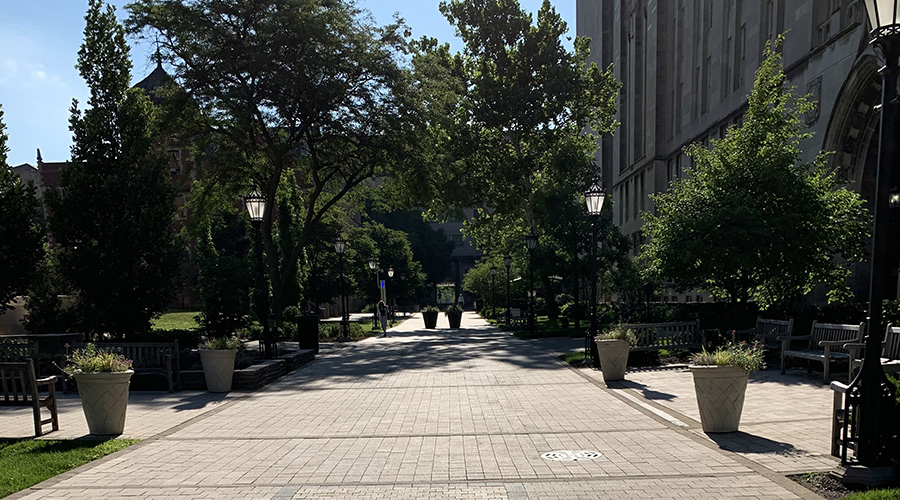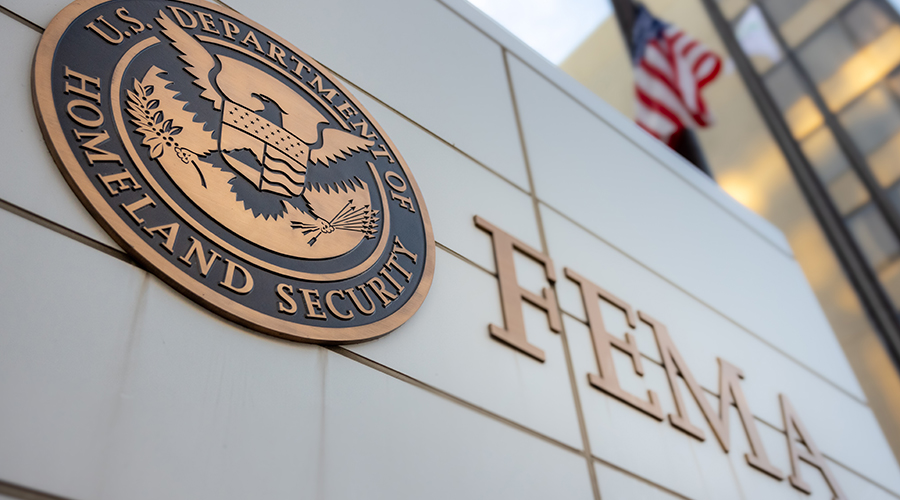
How to Build a K-12 Sustainability Team
Sustainability teams are a newer concept in school districts. Here are some steps to consider when forming one. April 1, 2025
By Dave Lubach, Executive Editor
Sustainability staffs are still a relatively new phenomenon in K-12 school districts in the United States, but the benefits of having a staff are many.
During its Green Schools Conference in Orlando in March, the United States Green Building Council hosted a session on the reasons why sustainability staffs make sense for K-12 districts and outlined them in a study titled, “Making the Case for K-12 Sustainability Staff: A Toolkit for Success.”
During the presentation, a USGBC spokesperson cited some of the advantages of a sustainability staff, as per the study:
- Shows that in 2022, the average sustainability staff saved or leveraged $1 million for their district – equating to 10 times their salary.
- Sustainability staff can lead the drive toward improving building conditions and enhance staff retainability, as poor building conditions are a significant factor in staff leaving jobs.
- Sustainability staff can lead the way with indoor air quality initiatives and green school maintenance practices.
Despite the benefits of having one, just over 100 K-12 districts currently have a staff dedicated to sustainability, but that number seems likely to rise.
One of the challenges for districts is integrating sustainability staff with facility management teams. This is something that Jennifer Fowler, the senior director of environmental compliance and sustainability for Orange County Public Schools experienced when the Florida district merged her department with facilities and many of her sustainability staff members left for other jobs.
She advises that facilities teams need to sell their story to school leaders on the benefits of having a sustainability staff.
“You have to have a vision, find that, and show what you want it to look like in your district,” she says. “Work on gathering the data and justify the vision. When you do create a position or make organizational change, show the results, and show what you can achieve and what the return on investment is, the intangibles or the dollar savings. Show what you’ve done and how you can keep moving forward.”
Brittney Wees, the sustainability coordinator at Lincoln Public Schools in Nebraska, advises districts to take baby steps when building their teams.
“Don’t be afraid to start small with a part-time or temporary position to show how valuable the position is,” she says.
Dave Lubach is the executive editor of the facilities market.
Next
Read next on FacilitiesNet












